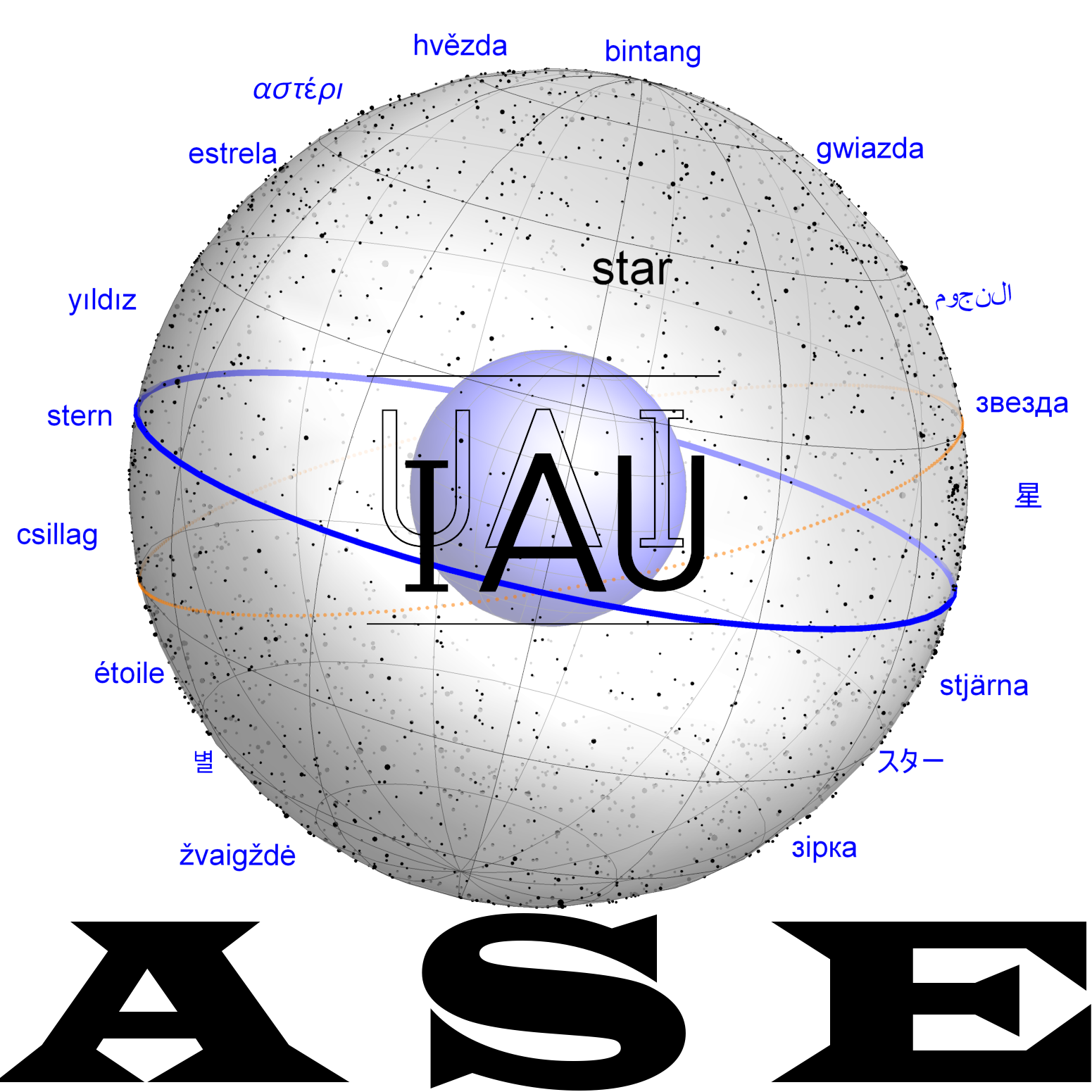MUL2.BABBAR: Difference between revisions
DavidHilder (talk | contribs) No edit summary |
DavidHilder (talk | contribs) No edit summary |
||
| Line 2: | Line 2: | ||
==Dictionary== |
==Dictionary== |
||
===Kurtik with Hilder, Hoffmann, Horowitz, Kim=== |
===Kurtik with Hilder, Hoffmann, Horowitz, Kim=== |
||
Var. entry: MUL.BABBAR; = kakkabu peṣû "white star"; the name of Jupiter. The Greek lexicographer Hesychius gives the glossary: Μολοβόβαρ ὁ τοῡ Διὸς ἀστήρ, παρὰ Χαλδαίοις "Molobobar: star of Zeus: from the Chaldeans," fixing the Greek pronunciation of the Babylonian name [TLG 4085-002, M 1568]. See also [G. 276; PSD II, B 30; Tallqvist 1938, 379]. |
Var. entry: MUL.BABBAR; = ''kakkabu peṣû'' "white star"; the name of Jupiter. The Greek lexicographer Hesychius gives the glossary: Μολοβόβαρ ὁ τοῡ Διὸς ἀστήρ, παρὰ Χαλδαίοις "Molobobar: star of Zeus: from the Chaldeans," fixing the Greek pronunciation of the Babylonian name [TLG 4085-002, M 1568]. See also [G. 276; PSD II, B 30; Tallqvist 1938, 379]. |
||
{| class="wikitable" |
{| class="wikitable" |
||
|+ |
|+ |
||
| Line 8: | Line 8: | ||
!Identifications |
!Identifications |
||
|- |
|- |
||
| ⚫ | |'''Lexical texts.''' Series Ḫg. B VI (in the list of Jupiter's names): mul.babbar = ''pe-ṣu-u''<sub>2</sub> [MSL XI, 40:27]. EAE. MUL.BABBAR = MUL.SAG.ME.[G]AR "White star = Jupiter" [BPO 3, 248-249, K.2346+:54], parallel: MUL.BABBAR: <sup>d</sup>SAG.ME.GAR [NSAM 2, 39, Table I, com. i, col. ii 5']. |
||
|'''Lexical texts.''' |
|||
| ⚫ | |||
| |
| |
||
|- |
|- |
||
|'''"Great Star List and Miscellenia".''' |
|'''"Great Star List and Miscellenia".''' ul babbar = <sup>d</sup>''ṣal-bat-a-nu'' "White star = Mars" [Mesop.Astrol., App. B:168]. |
||
ul babbar = <sup>d</sup>ṣal-bat-a-nu "White star = Mars" [Mesop.Astrol., App. B:168]. |
|||
| |
| |
||
|- |
|- |
||
|'''"Astronomical Diaries and Related Texts".''' |
|'''"Astronomical Diaries and Related Texts".''' The standard designation of Jupiter is MUL<sub>2</sub>.BABBAR [AD I-III, passim]; for the earliest example see. [AD I, no.-463:6]. |
||
The standard designation of Jupiter is MUL<sub>2</sub>.BABBAR [AD I-III, passim]; for the earliest example see. [AD I, no.-463:6]. |
|||
| |
| |
||
|- |
|- |
||
|'''Mathematical astronomy.''' |
|'''Mathematical astronomy.''' See. [ACT II, 484; LBAT, passim]. |
||
See. [ACT II, 484; LBAT, passim]. |
|||
| |
| |
||
|- |
|- |
||
| ⚫ | |||
|'''New Year's ritual in Babylon.''' |
|||
| ⚫ | |||
| |
| |
||
|- |
|- |
||
|'''Late astrology.''' |
|'''Late astrology.''' |
||
* (1) "Horoscopes." See. [BH, 28, note 2]. |
|||
(1) "Horoscopes." See. [BH, 28, note 2]. (2) Zodiacal astrology. (a) aš<sub>2</sub>-šu<sub>2</sub> MUL<sub>2</sub>.BABBAR ina KI SAL.MEŠ KI <sup>d</sup>Sin DU-zu UŠ U<sub>3</sub>.TU "Because Jupiter stands with the Moon [or: in the place of the Moon] in the region of women (i.e., in the female sign of the zodiac): a male child will be born" [LBAT, 1593:7′; Reiner 2000]. (b) aš<sub>2</sub>-šu<sub>2</sub> MUL<sub>2</sub>.BABBAR ana ziq-pi DU-uz UŠ u SAL ša<sub>2</sub> U<sub>3</sub>.TU SIG<sub>5</sub> "Because Jupiter culminates: born male and female infants will be good" [LBAT, 1593:11′; Reiner 2000]. c) aš<sub>2</sub>-šu<sub>2</sub> MUL<sub>2</sub>.BABBAR ina ŠU<sub>2</sub> IGI / 1 UŠ BE : aš<sub>2</sub>-šu<sub>2</sub> MUL<sub>2</sub>.BABBAR ina KUR UŠ 1 SAL BE : ša<sub>2</sub> <sup>d</sup>UDU.BAD gab-bi KI.MIN-ma "Since Jupiter became visible in the west, 1 male child will die; since Jupiter (became visible) in the east, 1 female child will die; the same is true for all planets" [LBAT, 1593:11′-12′; Reiner 2000]. (3) Prediction of grain prices based on observations of the positions of the planets in relation to zodiacal constellations and other phenomena (MUL.BABBAR) [SpTU I, 94, passim]. |
|||
* (2) Zodiacal astrology. |
|||
** (a) ''aš''<sub>2</sub>-''šu''<sub>2</sub> MUL<sub>2</sub>.BABBAR ''ina'' KI SAL.MEŠ KI <sup>d</sup>''Sin'' DU-''zu'' UŠ U<sub>3</sub>.TU "Because Jupiter stands with the Moon [or: in the place of the Moon] in the region of women (i.e., in the female sign of the zodiac): a male child will be born" [LBAT, 1593:7′; Reiner 2000]. |
|||
** (b) ''aš''<sub>2</sub>''-šu''<sub>2</sub> MUL<sub>2</sub>.BABBAR ''ana ziq-pi'' DU-''uz'' UŠ ''u'' SAL ''ša''<sub>2</sub> U<sub>3</sub>.TU SIG<sub>5</sub> "Because Jupiter culminates: born male and female infants will be good" [LBAT, 1593:11′; Reiner 2000]. |
|||
** (c) ''aš''<sub>2</sub>''-šu''<sub>2</sub> MUL<sub>2</sub>.BABBAR ''ina'' ŠU<sub>2</sub> IGI / 1 UŠ BE: ''aš''<sub>2</sub>-''šu''<sub>2</sub> MUL<sub>2</sub>.BABBAR ''ina'' KUR UŠ 1 SAL BE: ''ša''<sub>2</sub> <sup>d</sup>UDU.BAD ''gab-bi'' KI.MIN-''ma'' "Since Jupiter became visible in the west, 1 male child will die; since Jupiter (became visible) in the east, 1 female child will die; the same is true for all planets" [LBAT, 1593:11′-12′; Reiner 2000]. |
|||
* (3) Prediction of grain prices based on observations of the positions of the planets in relation to zodiacal constellations and other phenomena (MUL.BABBAR) [SpTU I, 94, passim]. |
|||
| |
| |
||
|} |
|} |
||
| Line 36: | Line 36: | ||
{| class="wikitable" |
{| class="wikitable" |
||
|- |
|- |
||
! scope="col" style="width: 60%;" |Kurtik (2022) |
! scope="col" style="width: 60%;" |Kurtik (2022, m38) |
||
! scope="col" style="width: 40%;" |Gössmann (1950) |
! scope="col" style="width: 40%;" |Gössmann (1950) |
||
|- |
|- |
||
Revision as of 05:28, 22 April 2025
mulMUL2.BABBAR is an ancient Mesopotamian asterism.
Dictionary
Kurtik with Hilder, Hoffmann, Horowitz, Kim
Var. entry: MUL.BABBAR; = kakkabu peṣû "white star"; the name of Jupiter. The Greek lexicographer Hesychius gives the glossary: Μολοβόβαρ ὁ τοῡ Διὸς ἀστήρ, παρὰ Χαλδαίοις "Molobobar: star of Zeus: from the Chaldeans," fixing the Greek pronunciation of the Babylonian name [TLG 4085-002, M 1568]. See also [G. 276; PSD II, B 30; Tallqvist 1938, 379].
| Sources | Identifications |
|---|---|
| Lexical texts. Series Ḫg. B VI (in the list of Jupiter's names): mul.babbar = pe-ṣu-u2 [MSL XI, 40:27]. EAE. MUL.BABBAR = MUL.SAG.ME.[G]AR "White star = Jupiter" [BPO 3, 248-249, K.2346+:54], parallel: MUL.BABBAR: dSAG.ME.GAR [NSAM 2, 39, Table I, com. i, col. ii 5']. | |
| "Great Star List and Miscellenia". ul babbar = dṣal-bat-a-nu "White star = Mars" [Mesop.Astrol., App. B:168]. | |
| "Astronomical Diaries and Related Texts". The standard designation of Jupiter is MUL2.BABBAR [AD I-III, passim]; for the earliest example see. [AD I, no.-463:6]. | |
| Mathematical astronomy. See. [ACT II, 484; LBAT, passim]. | |
| New Year's ritual in Babylon. mul2.babbar na-aš ṣa-ad-du ana kalâmi(du3.du3.a) "The white star bearing signs to the whole world" [RAcc., 138:305; Linssen 2004, 220, 229]. | |
Late astrology.
|
Historical Dictionaries
| Kurtik (2022, m38) | Gössmann (1950) |
|---|---|
| вар. записи: MUL.BABBAR; = kakkabu peṣû «Белая звезда»; название Юпитера. Греческий лексикограф Гесихий приводит глоссу: Μολοβόβαρ ὁ τοῡ Διὸς ἀστήρ, παρὰ Χαλδαίοις «Молобобар: звезда Зевса: от Халдеев», фиксирующую греческое произношение вавилонского названия [TLG 4085-002, M 1568]. Cм. также [G. 276; PSD II, B 30; Tallqvist 1938, 379].
I. Источники. Лексич. тексты. Cерия Ḫg. B VI (в списке имен Юпитера): mul.babbar = pe-ṣu-u2 [MSL XI, 40:27]. ЕАЕ. MUL.BABBAR = MUL.SAG.ME.[G]AR «Белая звезда = Юпитер» [BPO 3, 248–249, K.2346+:54], параллель: MUL.BABBAR : dSAG.ME.GAR [NSAM 2, 39, Table I, com. i, col. ii 5']. «Большой список звезд». ul babbar = dṣal-bat-a-nu «Белая звезда = Марс» [Mesop.Astrol., App. B:168]. «Дневники наблюдений». Стандартное обозначение Юпитера: MUL2.BABBAR [AD I–III, passim]; самый ранний пример см. [AD I, No.-463:6]. Математическая астрономия. См. [ACT II, 484; LBAT, passim]. Новогодний ритуал в Вавилоне. mul2.babbar na-aš ṣa-ad-du ana kalâmi(du3.du3.a) «Белая звезда, несущая знаки всему миру» [RAcc., 138:305; Linssen 2004, 220, 229]. Поздняя астрология. (1) «Гороскопы». См. [BH, 28, note 2]. (2) Зодиакальная астрология. a) aš2-šu2 MUL2.BABBAR ina KI SAL.MEŠ KI dSin DU-zu UŠ U3.TU «Поскольку Юпитер в области женщин (т.е. в женском знаке зодиака) стоит с Луной [или: на месте Луны]: младенец мужского пола родится» [LBAT, 1593:7′; Reiner 2000]. b) aš2-šu2 MUL2.BABBAR ana ziq-pi DU-uz UŠ u SAL ša2 U3.TU SIG5 «Поскольку Юпитер кульминирует: младенцы мужского и женского пола, которые родились, будут хороши» [LBAT, 1593:11′; Reiner 2000]. с) aš2-šu2 MUL2.BABBAR ina ŠU2 IGI / 1 UŠ BE : aš2-šu2 MUL2.BABBAR ina KUR UŠ 1 SAL BE : ša2 dUDU.BAD gab-bi KI.MIN-ma «Поскольку Юпитер стал виден на западе, 1 ребенок мужского пола умрет; поскольку Юпитер (стал виден) на востоке, один ребенок женского пола умрет; для всех планет справедливо то же самое» [LBAT, 1593:11′–12′; Reiner 2000]. (3) Предсказание цен на злаки на основе наблюдений положений планет относительно зодиакальных созвездий и других явлений (MUL.BABBAR) [SpTU I, 94, passim]. |
Example |




